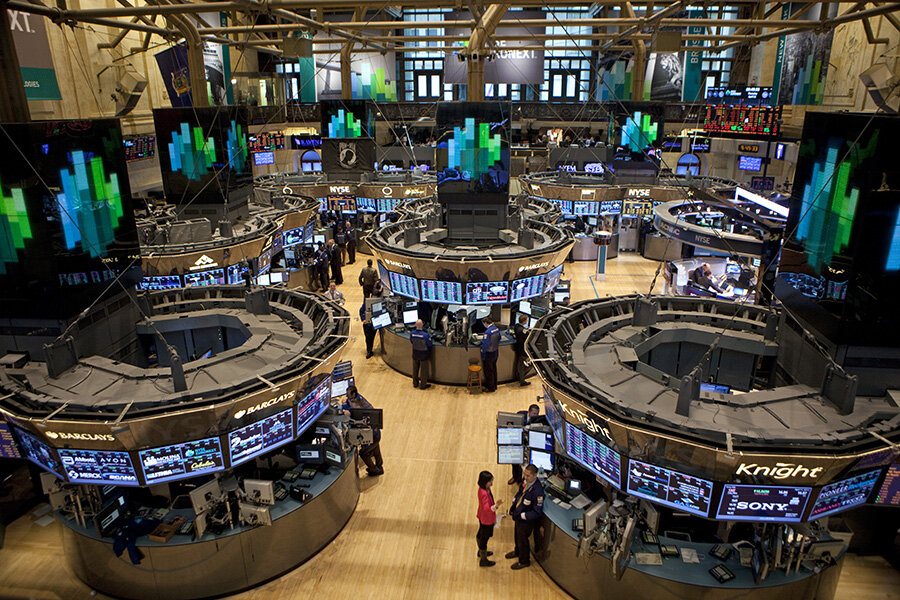A modest janitor built an $8 million fortune. So can you.
Loading...
I have enjoyed reading the many tributes to Ronald Read, a former gas station attendant and janitor in Brattleboro, Vermont, who passed away last year at age 92 and left $4.8 million to the local hospital and $1.2 million to the town’s library. His generosity reportedly resulted in the largest single gifts either institution had ever received.
Stories about this unassuming man, who was known for his flannel shirts and frugal lifestyle, were distributed by news outlets across the country. How could a man who lived on such a meager wage accumulate the kind of wealth that Read possessed?
In short, it took nothing less than an ironclad will. His return on investment, making very broad assumptions, was probably not as good as the performance of the leading market indexes over time. But his discipline, determination and attention to detail set him apart. Read amassed an $8 million fortune, according to reports.
Laurie Rowell, Read’s lawyer, said her client had a knack for picking stocks, according to various news outlets. His holdings included shares of AT&T, Bank of America, General Electric and General Motors, she said.
“He only invested in what he knew and what paid dividends,” Rowell said, according to Business Insider.
Today, we don’t know the details of Read’s investment strategy, only that he apparently favored a long-term, buy-and-hold approach. But his story is not just a lesson in investing. It’s also a lesson in life. If you do things the right way, you’ll reap the rewards.
I always tell my clients, if you want to look like a bodybuilder, the first thing you have to do is go to the gym. Not just today and tomorrow, but every day going forward for years to come. Nobody would logically expect anything less.
Investing is similar — it demands a consistent, long-term strategy. Still, many people expect the “magic diet pill” or “next big thing.” The problem is that it doesn’t exist and you won’t know it until it’s too late. If you can come to grips with that, then being the next Ronald Read is just a matter of when, not if.
You could get started today on an investing path similar to Read’s, especially if you’re in your 20s and have many years ahead of you to invest.
Read was a child during the Great Depression. He graduated from high school in 1940, served in World War II and, upon his return to Brattleboro, went to work at a local gasoline station. He stayed there for nearly 35 years, retired and then discovered he didn’t like being idle. So he took a part-time job as a janitor at J.C. Penney, where he worked for another 17 years.
Read lived through the powerful and turbulent decades of the 1940s, ’50s, ’60s, ’70s, ’80s, ’90s and beyond.
Think about it: He witnessed the Cold War, the assassinations of the 1960s, the resignation of President Nixon in 1974, the “Black Monday” stock market plunge in October 1987, the tech bubble of the late 1990s, the attacks on America on Sept. 11, 2001, and the Great Recession of 2008-2009.
Throughout all those decades, which included all the ups and downs of the U.S. financial markets, Read remained faithful to his overall investment vision.
He also lived modestly and shunned the trappings of success. He drove a Toyota Yaris around town and, according to reports, wore an old winter coat held together with safety pins.
I don’t know if you would want to live that frugally. But as far as investing, I’d suggest starting small, as Read did, and building your wealth steadily over time.
Think about starting with an initial investment of $1,000 and adding just $50 per month, or $600 annually. You could put your money into a solid index fund, such as one that tracks the S&P 500, which gained about 12% in 2014.
If you had done just that in the past five years, your total investment of $4,000 would have almost doubled.
Like Read, don’t get rattled or thrown off by the market’s inevitable swings. Stay the course, and stay focused on your long-term goals.
Perhaps one day you, too, can be an $8 million investor.







